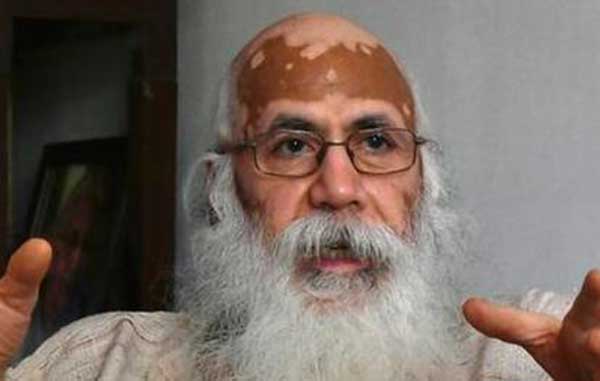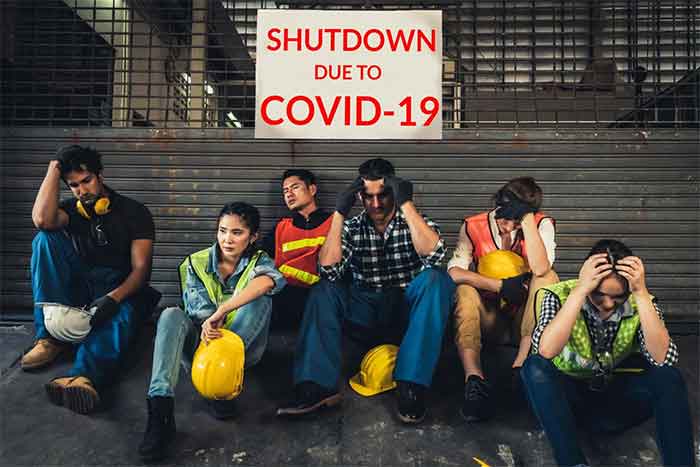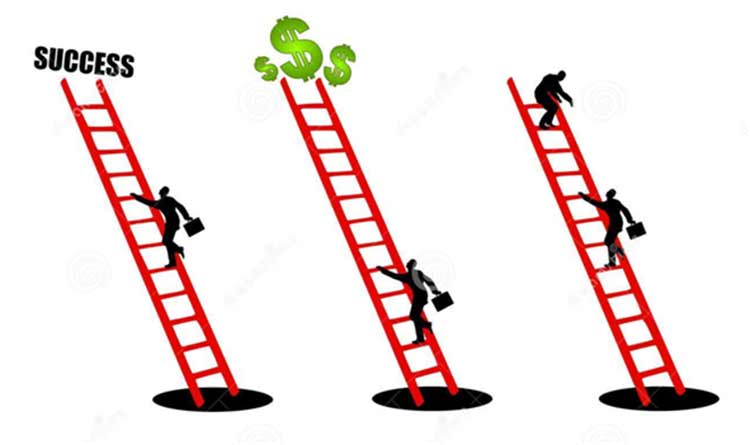
The Finance Minister, Nirmala Sitharaman has announced a series of measures in the name of Atmanirbhar Bharat 3.0 package in order to re-energise the stagnant Indian economy. These measures include credit support for the stress sectors, increasing of job creation, measures to boost the reality sector and tax relief to the homebuyers and developers. The whole amount is Rs. 2.65 lakh crores which is over one per cent of the GDP. This latest measure along with two other packages announced earlier including RBI steps amount to Rs. 29.87 lakh crores or total 15% of the GDP. However, out of the package of Rs. 2.65 lakh crores, the lion’s share that is 1.46 lakh crores is taken away for Production Linked Incentives (PLIP) for boosting output, investment for 10 sectors including white goods, automobiles, pharmaceuticals and textiles. Theoretically, it is good to have production-linked initiatives but for a stagnant economy, their immediate impact is limited. The incentives are in the form of a percentage of incremental sales linked to certain minimum investment and incremental sales milestones spread over a long period of eight years. Then, how can this stimulate the economy at present undergoing recession?
In order to create employment opportunities six thousand crores have been earmarked for Atmanirbhar Bharat Rozgar Yojana (ABRY). The government would fund the Provident Fund of the employers and employees in case of new appointment of workers who lost their jobs during pandemics. This subsidisation is for two years and with a wage ceiling of Rs 15,000 per month. Firstly, the scope of the scheme is limited since there is a wage ceiling and secondly, it is ridiculous to assume that there is unemployment due to PF burden. The PF is not a deciding factor at all in generating employment in the economy.
The credit guarantee for MSMEs have been extended till the end of the FY21 and new credit guarantee scheme for 26 stressed sectors along with raising the debt limit to 500 crores from 50 crores. This is to prevent from bankruptcies of the mostly stressed sector like hospitality and service sectors. In a measurer boost to the residential real estate sector the package has provided tax relief to both homebuyers and realty developers by increasing the differential between ready reckoner and market value from 10 to 20 per cent. The stimulus package also includes Rs 3000 crore support to Exim bank, Rs 10,200 crore additional budget outlay being provided towards domestic defence equipment, industrial infrastructure and green energy sector. In order to boost rural income, the government has made an additional outlay of Rs 10,000 crore for PM Garib Kalyan Yojana and increased the fertiliser subsidy by Rs 65,000 crore. In order to develop Indian COVID vaccine R and D grant of Rs 900 crore has been made for Covid-19 vaccine. But nowhere in the world the grant for COVID vaccine is coming under stimulus package.
Earlier, the government had come up with a so-called stimulus package of Rs 21 lakh crore which was a grand failure to stimulate the economy in the desired line. Then again, for the second time another package of Rs 40,000 crore was made and its result has not yet been estimated. The government of India did not learn any lesson from its earlier failures, and now again has announced the third package with the same address to the supply side of the economy. Our Finance Minister seems to be in the classical age of J B Say who propagated the idea that ‘every supply creates its own demand’. Instead of directly raising the public expenditure it has taken the path of easing the credit market and the product market. Again, most of the proposal of the package is surrounded by so many ‘if’ and ‘but’ that no intended beneficiary would eligible to get the loan.
In any fiscal stimulus measure, the government usually increase the expenditure outside budgetary provision and decrease the rate of taxation to put money in the hands of the people to spend. Needless to say, the government should take the leads to stimulate the economy by investing more in the economy and pushing more purchasing power of the people. That is the way to face an economy ridden with recession. But the government of India is indulged in the supply side reforms in order to stir the animal spirit of the capitalist undermining the problem of narrowness of the market due to unemployment and mass poverty.
This is highly unrealistic.
For queries and remarks write to: Golak Bihari Nath, President, GASS, Odisha
email: [email protected]
SIGN UP FOR COUNTERCURRENTS DAILY NEWSLETTER















































